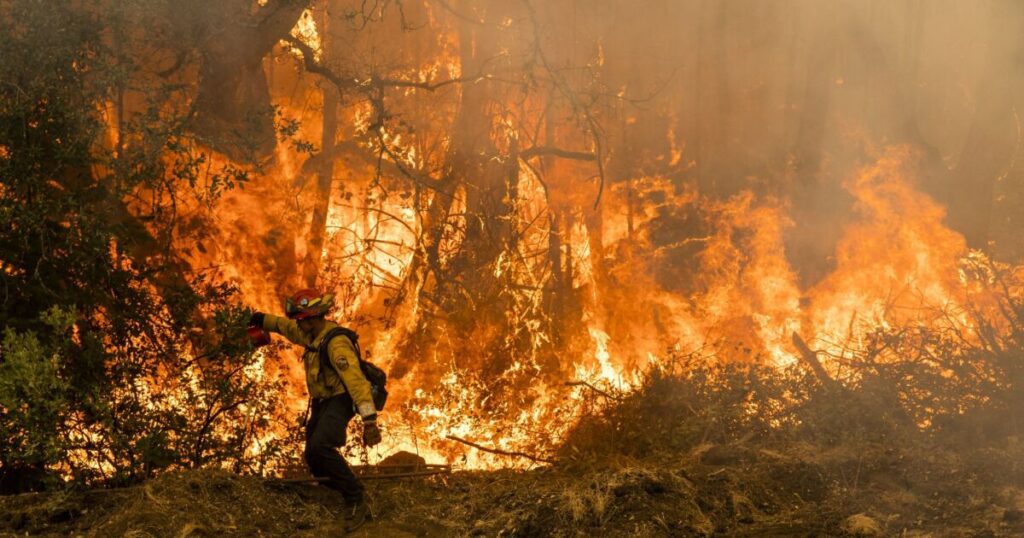CoreLogic: 2.6 million homes at high wildfire risk

Enjoy complimentary access to top ideas and insights — selected by our editors.
Today, CoreLogic released the 2024 Wildfire Risk Report, which revealed that over 2.6 million homes in the western U.S. are at moderate to very high risk of wildfire damage this season. Over one million of these homes are at very high wildfire risk, and overall, the estimated total reconstruction cost is over $1 trillion. Wildfires have burned over 4 million acres this year, much higher than the national 10-year average of acres burned.
“In recent years, we’ve seen wildfires occur in unexpected places, reinforcing the need to understand the risk landscape and take mitigation action. Both insurers and consumers have a role to play to ensure adequate protection,” said Jon Schneyer, CoreLogic’s director of catastrophe response, in a press release. “These numbers may seem overwhelming, but research shows that mitigation efforts make a real difference in potential losses from wildfires. The good news is there are actions people can take to lessen the risk.”
California, Colorado and Texas lead the 14 states at moderate or great risk of wildfires, sharing 70% of the risk. The Los Angeles metropolitan area leads the nation in the number of homes at high risk, with over 245 thousand homes at risk of wildfires. The estimated total reconstruction value is over $186 billion.
The CoreLogic report also includes mitigation measures that can aid communities and individuals in at-risk areas, referencing information from the Insurance Institute for Business and Home Safety (IBHS) and its Wildfire Prepared Home Program that helps homeowners take preventive action against wildfires.
For individual homeowners, ensuring a five-foot buffer around the home that removes any vegetation, trees or overhanging branches, grass, turf, wood fencing or flammable materials, can help in mitigating fire damage to the home. Vehicles should not be stored in the buffer zone, as well, and the entire area should be clear. Maintaining your yard and deck within 30 feet of your home by clearing debris, replacing combustible deck furniture and preparing your home with Class A-fire rated roofing, metal gutters and ember resistant vents is recommended.
Community-level measures include the implementation of wildfire informed development patterns that enables communities to determine the number of structures in their town boundaries, decreasing the number of structures as necessary and help in focusing on where to rebuild in areas at lower wildfire risk. Establishing external buffers are also recommended for communities, to create low fire spread potential surrounding the town.



